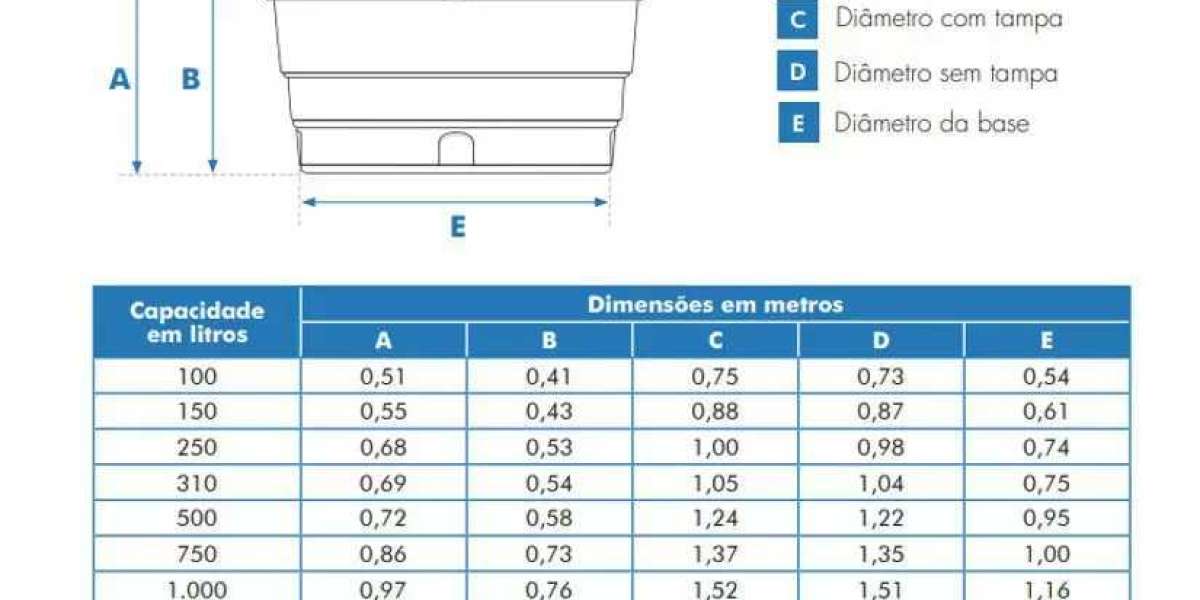In recent years, the rise of direct-to-consumer (DTC) websites has transformed the e-commerce landscape across various industries. From fashion and beauty to food and beverage, DTC brands are reshaping the way consumers interact with products and brands. Let's explore how DTC websites are revolutionizing e-commerce in different sectors.
Enhancing Customer Experience
DTC websites are prioritizing customer experience by offering personalized recommendations, interactive content, and seamless purchasing processes. By leveraging data analytics and AI technology, DTC brands can understand their customers' preferences and provide tailored shopping experiences. For example, a DTC beauty brand may offer a virtual try-on feature for cosmetics, allowing customers to visualize products before making a purchase.
Disrupting Traditional Distribution Channels
Traditionally, brands relied on intermediaries such as retailers and wholesalers to reach consumers. However, DTC websites have disrupted these conventional distribution channels by directly selling to customers online. This allows DTC brands to have full control over pricing, marketing, and branding, ultimately creating a more direct and transparent relationship with their audience.
Building Community and Brand Loyalty
DTC websites are not just about selling products; they are about building a community around a brand. Through engaging content, social media interaction, and exclusive events, DTC brands foster a sense of belonging and loyalty among their customers. For instance, a DTC fitness apparel company may organize virtual workout sessions and provide access to wellness resources, creating a strong bond with its customer base.
Agile and Data-Driven Decision Making
One of the key advantages of DTC websites is their agility in responding to market trends and consumer feedback. By collecting real-time data on customer behavior and preferences, DTC brands can quickly adapt their product offerings and marketing strategies. This data-driven approach enables DTC brands to stay ahead of the competition and continuously innovate in response to changing consumer demands.
In conclusion, the impact of DTC websites on e-commerce across different sectors is undeniable. From redefining customer experience to challenging traditional distribution models, DTC brands are reshaping the way businesses connect with consumers. As the e-commerce landscape continues to evolve, DTC websites will undoubtedly play a pivotal role in driving innovation and shaping the future of online retail.



